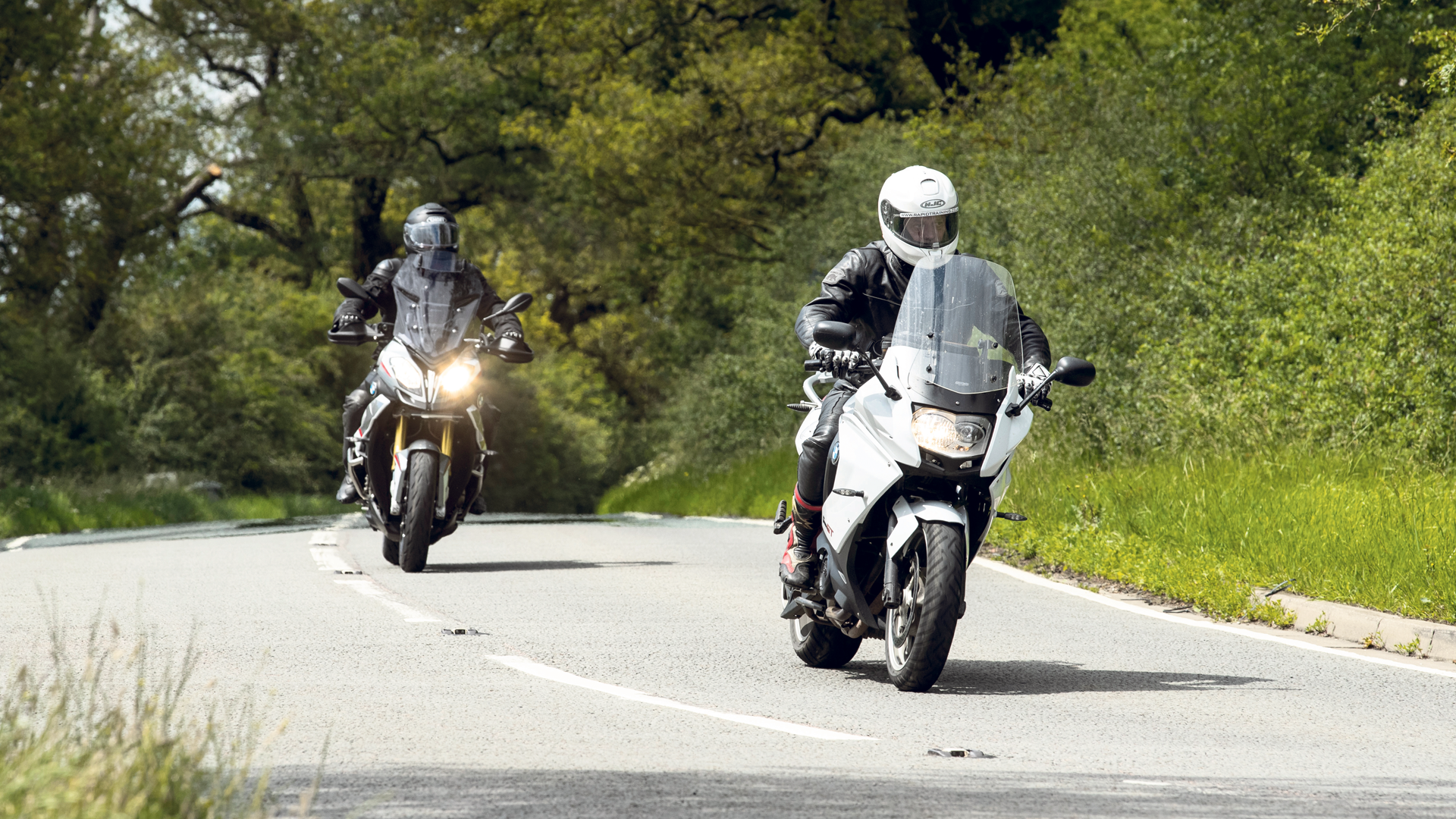
Target Fixation
How to avoid target fixation
Looking where you’re going isn’t as useful as looking where you want to go, and this is why…
Target fixation is an instinctive response to spotting danger, but it’s something that you can train yourself out of with practice. Failing to train yourself out of it will result in ride after ride being more stressful than it needs to be, as you persistently find yourself off-line, approaching the exact thing you don’t want to approach (or hit), while seeming being unable to take your eyes off it.
Our motorcycles will go where we look, meaning that if you’re staring at that lovely old oak tree on the outside of a bend, you might become far more acquainted with it than you’d like. You can practice the theory safely when changing lanes: stare at an approaching cat’s eye, and you’ll probably thump it as you change lanes. Stare at the gap between two of them, and you’d sail through smoothly.
But corning is where the danger is highest, especially looking to the outside of righthand bends, and at oncoming traffic on lefthand bends. While there’s a lot more science to cornering (see our other tips and videos), the simple fact that you will go where your eyes are looking is a key part of the dynamic. If you give yourself enough time and information on the way into a corner, you’ll find there’s significantly less chance of you becoming nervous or target fixation taking hold. Once you’ve trained your brain, and established solid cornering skills, that’s when you can reintroduce more speed.
QUICK TIPS
Take a wide view
You spend your time focusing on one thing so it’s natural that when we ride a bike our vision can often be too narrow – leading to target fixation. You should practise opening our field of vision by looking further ahead.
Gear and foot position
On the approach to any obstacle, select a low enough gear to give you the most direct throttle response. This will help feelings of grip and stability. Putting the balls of feet on footpegs will reduce tension going through arms.
Turn head, turn shoulders, turn bike
If you’re approaching a corner, slowing down on corner entry makes it easier to hold your line and allow you to run deeper into a corner rather than turning in too early and then going wide on the exit. Turn your head – not just your eyes – towards the exit then turn the bike when you can see the clear road beyond the corner. Don’t look at the outside of the corner, or a lamppost, tree, bollard, or anything else you might become fixated on.
Putting it all together
By using these three techniques, you will be able to keep your focus occupied on the task at hand, while also keeping your body relaxed and free from tension. As a result, you will be able to turn smoothly and pick up the throttle at the right time for a swift-but-safe exit. It’ll make your ride dramatically more enjoyable, too.


